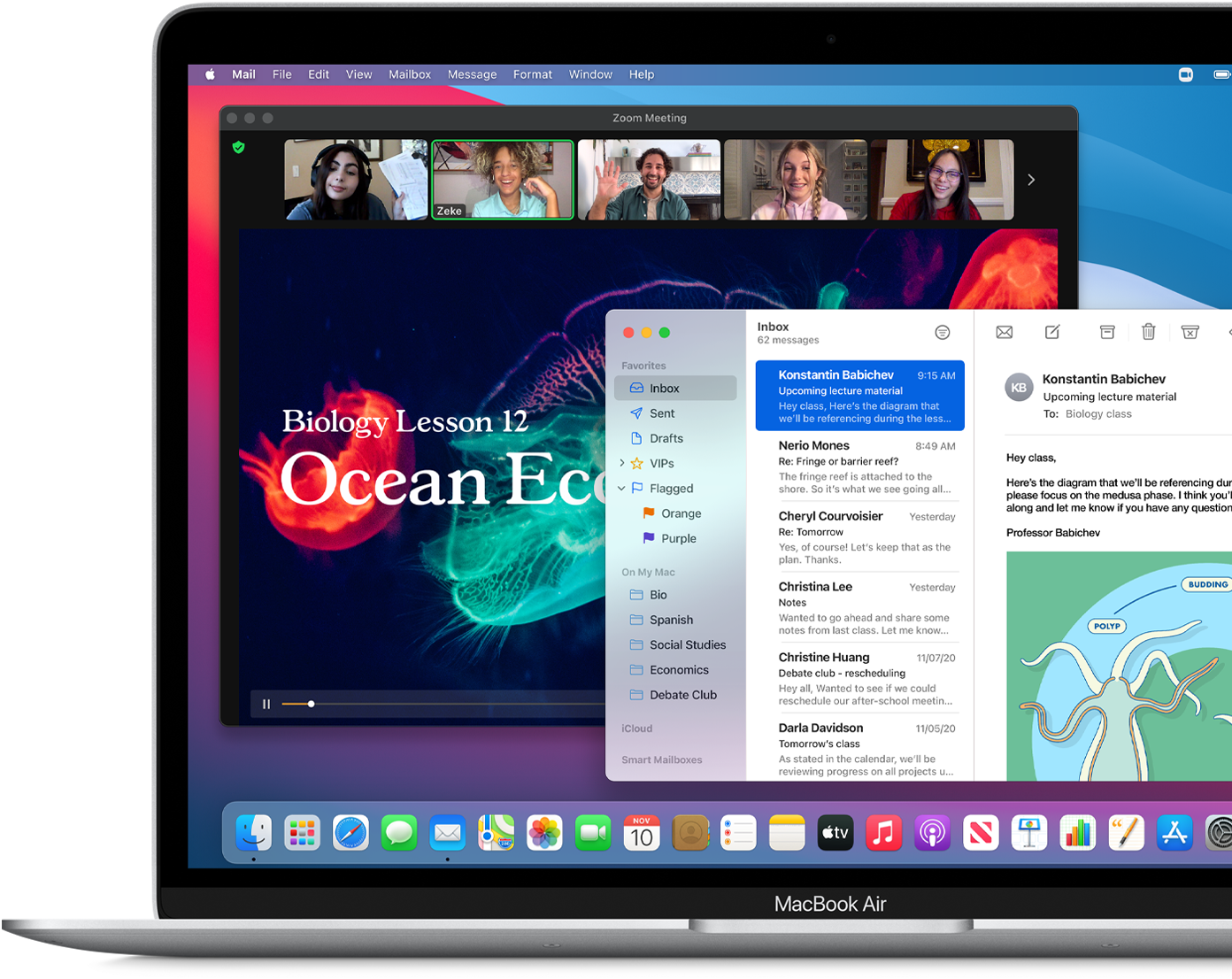All Through The Town Mac OS
Slot machines games for fun. Since the release of System 1 in January 1984, Apple has played an integral role in designing and implementing the graphical user interface (GUI) as we know it.
- All Through The Town Mac Os Download
- All Through The Town Mac Os Catalina
- All Through The Town Mac Os 11
- All Through The Town Mac Os X
The last Wayback Machine capture of the Mac OS Forge area for launchd was in June 2012, and the most recent open source version from Apple was 842.92.1 in code for OS X 10.9.5. In 2014, with OS X 10.10 and iOS 8, Apple moved code for launchd to closed source libxpc. Directed by Paolo Barzman. With Nastassja Kinski, Tobias Moretti, Andrea Roth, Kim Schraner. A young woman, seemingly good but still psychologically disturbed from being kidnapped as a little girl, becomes the obvious suspect in a murder. Using the standard Mac OS X shortcut: Hold down the Command key and press the ` key repeatedly to cycle through the open windows for the current application. When you hear the window you want, release the keys. Press Command-Shift-` to cycle backward. MacOS Big Sur supports most Mac models introduced in 2013 and later. View compatible Mac models. Before you upgrade, make a complete backup with Time Machine, or store your files in iCloud. Learn how to back up your Mac. Untitled Goose Game is a slapstick-stealth-sandbox, where you are a goose let loose on an unsuspecting village. Make your way around town, from peoples' back gardens to the high street shops to the village green, setting up pranks, stealing hats, honking a lot, and generally ruining everyone’s day.
With the announcement of OS X Mountain Lion this week, Apple is continuing the process it started with Lion by streamlining the connection between the Mac and iOS.
We wanted to take a look at some of the biggest changes in the history of the Mac Operating System over the last 28 years. Looking back, I can't help but be struck by how many elements of the original Macintosh OS are still there more than 30 years after the project started taking shape.
It's a testament to the work of Bill Atkinson, Andy Hertzfeld, Bud Tribble and the other members of the original Macintosh team that so many aspects from System 1 have become integral to personal computing as we know it today.
There are a few phases in the evolution of the Mac OS that are of particular note. System 7 was the longest-running release for Apple (until OS X); it shipped with all Macintosh machines from 1991 to 1997. If you're in your mid-to-late 20s and used a Mac in elementary or middle school, chances are it was running some iteration of System 7.
One of the many challenges Apple faced in the 1990s was figuring out a new operating system strategy. As revolutionary as the original Mac OS work was, by 1994 it was starting to look stagnant and stale. This was especially true after the first release of Windows NT in 1993, which cemented Microsoft's place in the corporate and enterprise space.
After the Copland project was cancelled in 1996, Apple was left to search for an operating system it could acquire. That led to the purchase of NeXT and its NeXTSTEP operating system.
Not only would NeXT technology serve as the foundation for the future of Apple as it is known today (OS X and iOS are direct descendants of NeXTSTEP), it was responsible for bringing Steve Jobs back to Apple.
All Through The Town Mac Os Download
It would end up taking ten years from the beginning of the search for a next-generation Mac OS. But the hunt finally reached its quarry with the release of Mac OS X in 2001. But it would take until Mac OS X 10.2 (Jaguar) before the system was really able to hold its own.
Over the last decade, OS X has evolved into a powerful desktop and server platform — while also serving as the core for iOS. With OS X Mountain Lion, Apple is bringing more of the elements and features of its mobile OS to the desktop.
Vintage computer fans who want to take a look at more screenshots of classic Mac OS versions should check out Marcin Wichary's GUIdebook Gallery and Nathan Lineback's collection of GUI history.
Gallery created by Chelsea Stark
OS X v10.5.1 and later include an application firewall you can use to control connections on a per-application basis (rather than a per-port basis). This makes it easier to gain the benefits of firewall protection, and helps prevent undesirable apps from taking control of network ports open for legitimate apps.
Configuring the application firewall in OS X v10.6 and later
Use these steps to enable the application firewall:
- Choose System Preferences from the Apple menu.
- Click Security or Security & Privacy.
- Click the Firewall tab.
- Unlock the pane by clicking the lock in the lower-left corner and enter the administrator username and password.
- Click 'Turn On Firewall' or 'Start' to enable the firewall.
- Click Advanced to customize the firewall configuration.
Configuring the Application Firewall in Mac OS X v10.5
American poker online. Make sure you have updated to Mac OS X v10.5.1 or later. Then, use these steps to enable the application firewall:
- Choose System Preferences from the Apple menu.
- Click Security.
- Click the Firewall tab.
- Choose what mode you would like the firewall to use.
Advanced settings
Block all incoming connections
Selecting the option to 'Block all incoming connections' prevents all sharing services, such as File Sharing and Screen Sharing from receiving incoming connections. The system services that are still allowed to receive incoming connections are:
- configd, which implements DHCP and other network configuration services
- mDNSResponder, which implements Bonjour
- racoon, which implements IPSec
To use sharing services, make sure 'Block all incoming connections' is deselected.

Allowing specific applications
To allow a specific app to receive incoming connections, add it using Firewall Options:
- Open System Preferences.
- Click the Security or Security & Privacy icon.
- Select the Firewall tab.
- Click the lock icon in the preference pane, then enter an administrator name and password.
- Click the Firewall Options button
- Click the Add Application (+) button.
- Select the app you want to allow incoming connection privileges for.
- Click Add.
- Click OK.

You can also remove any apps listed here that you no longer want to allow by clicking the Remove App (-) button.
All Through The Town Mac Os Catalina
Automatically allow signed software to receive incoming connections
All Through The Town Mac Os 11
Applications that are signed by a valid certificate authority are automatically added to the list of allowed apps, rather than prompting the user to authorize them. Apps included in OS X are signed by Apple and are allowed to receive incoming connections when this setting is enabled. For example, since iTunes is already signed by Apple, it is automatically allowed to receive incoming connections through the firewall.
If you run an unsigned app that is not listed in the firewall list, a dialog appears with options to Allow or Deny connections for the app. If you choose Allow, OS X signs the application and automatically adds it to the firewall list. If you choose Deny, OS X adds it to the list but denies incoming connections intended for this app.
If you want to deny a digitally signed application, you should first add it to the list and then explicitly deny it.
Some apps check their own integrity when they are opened without using code signing. If the firewall recognizes such an app it doesn't sign it. Instead, it the 'Allow or Deny' dialog appears every time the app is opened. This can be avoided by upgrading to a version of the app that is signed by its developer.
Enable stealth mode
Enabling stealth mode prevents the computer from responding to probing requests. The computer still answers incoming requests for authorized apps. Unexpected requests, such as ICMP (ping) are ignored.
All Through The Town Mac Os X
Firewall limitations
The application firewall is designed to work with Internet protocols most commonly used by applications – TCP and UDP. Firewall settings do not affect AppleTalk connections. The firewall may be set to block incoming ICMP 'pings' by enabling Stealth Mode in Advanced Settings. Earlier ipfw technology is still accessible from the command line (in Terminal) and the application firewall does not overrule any rules set using ipfw. If ipfw blocks an incoming packet, the application firewall does not process it.